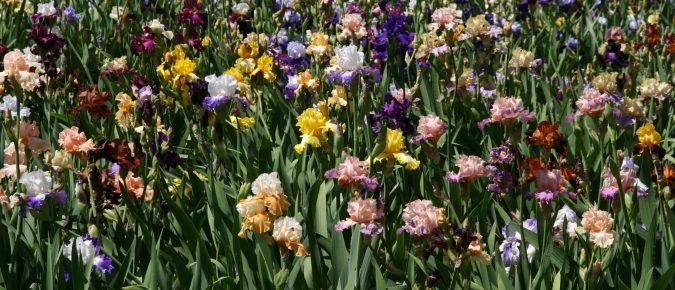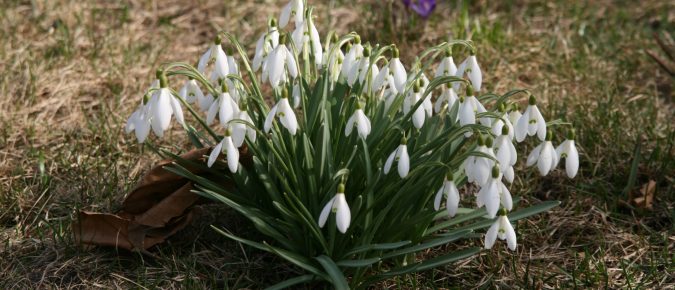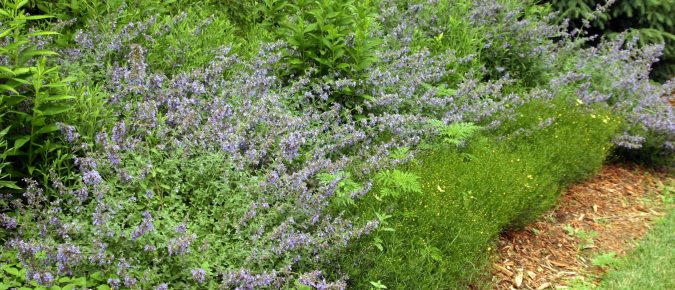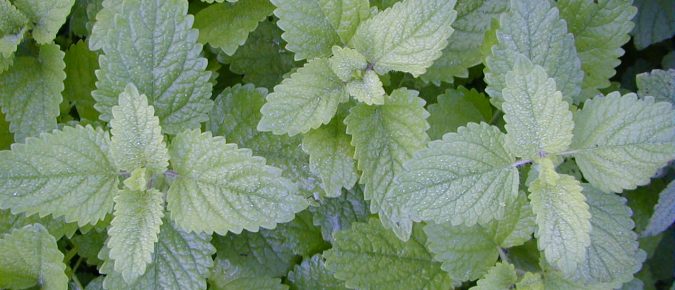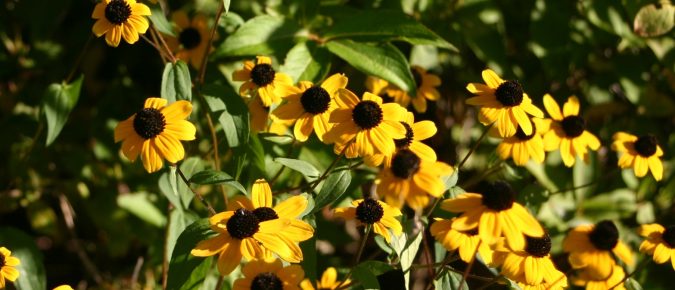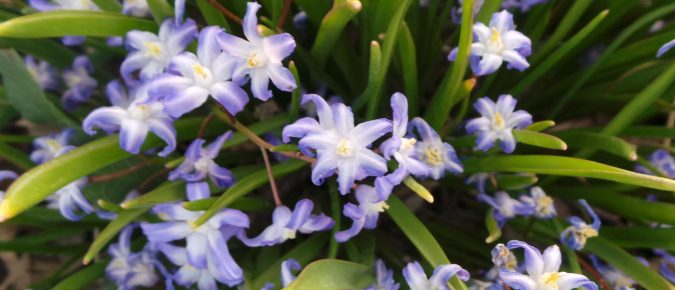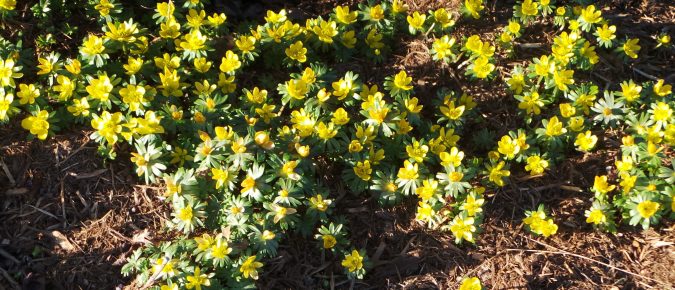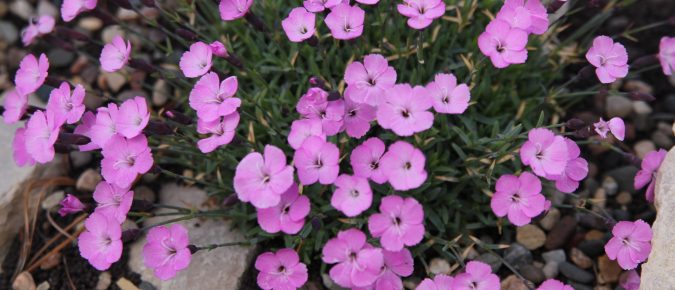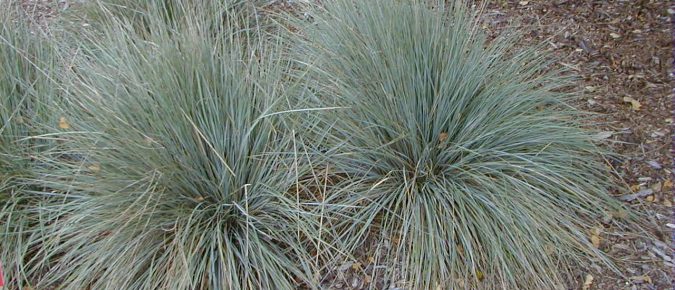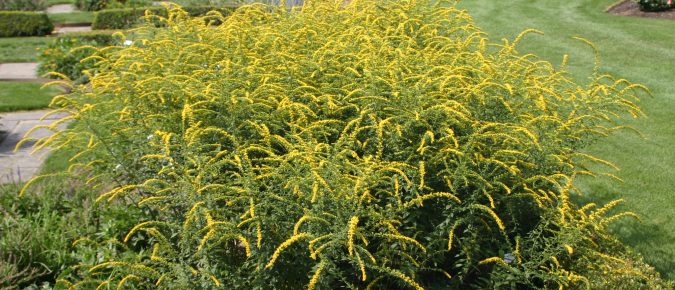Iris are blooming (or will be soon), but for most the flowers are the only time we notice the plants. Iris pallida, however, is more known for its attractive foliage than the pale blue flowers. Find out more about this pretty herbaceous perennial plant by reading this article…
Snowdrops feature delicate white flowers blooming very early, even pushing through the snow in cold areas. Several species of Galanthus are planted as ornamentals, with most hardy to zone 5, but some to zone 2. Learn more about this hardy group of perennial bulbs in this article.
Nepeta xfaassenii ‘Walker’s Low’ was chosen by the Perennial Plant Association as their Plant of the Year 2007. With clouds of blue flowers floating on spires above mounds of blue-grey foliage, this plant is a great addition to both formal and informal gardens. You can find out a lot more about this great perennial by reading this article…
Lemon balm is an attractive plant with a fragrant, lemon-like odor. Used for tea and medicinal purposes, it is very easy to grow. To learn more about this herb, read this article…
Commonly called Brown-eyed Susan, Rudbeckia triloba is an herbaceous biennial or short-lived perennial with typical coneflowers with yellow rays and brown centers. This rangy plant with masses of small flowers works well in cottage gardens or in wildflower plantings. Learn more about this prairie native in this article.
If you’re looking for a perennial with eye-catching foliage, silver sage is a great choice. This award-winning plant native to southern Europe has large, fuzzy, blue-green leaves that contrast nicely with other plants. Although it will flower, the individual flowers are not particularly impressive, and allowing it to bloom can weaken the plant. To learn more about silver sage, read this article…
Here’s a low-maintenance plant with spires of foamy white flowers and mounds of dark leaves that turn golden in the fall. This perennial combines well with many other plants in the shade garden. To learn more about goatsbeard, read this article….
Light blue, upward facing flowers bloom early in the spring – sometimes even poking out of the snow, giving rise to the common name glory-of-the-snow. Chionodoxa forbesii is a great addition to gardens in beds, for naturalizing or mixed in a lawn. This small bulb combines well with other spring bulbs, too. Learn more about glory-of-the-snow in this article…
This early spring bloomer produces bright yellow flowers close to the ground. This plant in the buttercup family is one of the earlierst “bulbs” to bloom in spring. It’s actually not a true bulb, but a tuberous perennial. It is right at home in rock gardens, flower beds and woodland gardens. To find out more about this pretty harbinger of spring, read this article…
There are numerous cultivars of Dianthus that make great additions to the garden. Dianthus gratianopolitanus ‘Firewitch’ has been chosen by the Perennial Plant Association as their Plant of the Year 2006. With shocking magenta flowers and blue foliage, it’s not one to disappear into the landscape! To learn more about this tough, pretty low-growing plant, read this article…
Blue oat grass is a cool-season ornamental grass featuring steely blue foliage and is a great compliment to other grasses and many perennials. It tolerates many types of soils, although it should not remain too wet in winter. This article discusses this easy-care addition to beds and borders.
With a sensational explosion of golden flowers bursting from the plant like skyrockets, ‘Fireworks’ is not your usual goldenrod. This refined cultivar of our native North American Solidago rugosa makes a great focal point in the autumn garden.

